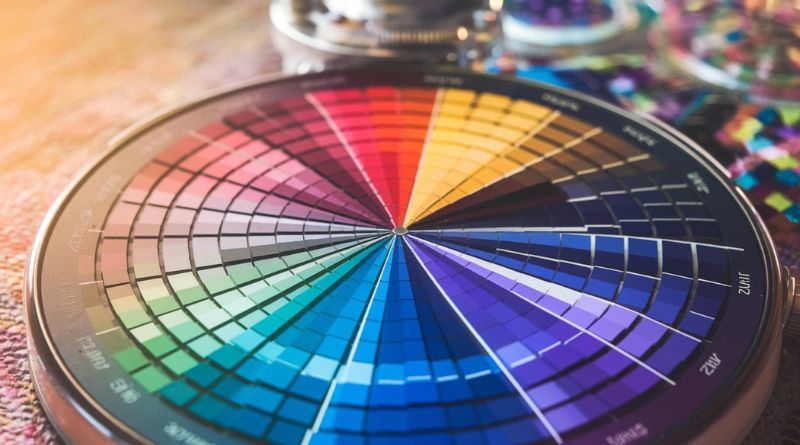The concept of a color wheel is fundamental in art, design, and color theory. The color wheel helps artists and designers understand how colors interact with each other, particularly when it comes to complementary colors. The game or reference ID “_bac0wkqsj4=” relates to a specific exploration of complementary colors, emphasizing their role in creating visual harmony and contrast. In this article, we’ll delve into the principles of the color wheel and the significance of complementary colors.
Table of Contents
Understanding the Color Wheel
A color wheel is a circular diagram that represents the relationships between colors. It is typically divided into primary, secondary, and tertiary colors:
- Primary Colors: These are the foundation of all colors and include red, blue, and yellow. They cannot be created by mixing other colors.
- Secondary Colors: Formed by mixing two primary colors. For example, red and blue create purple, blue and yellow create green, and yellow and red create orange.
- Tertiary Colors: Created by mixing a primary color with a secondary color, resulting in shades like red-orange or blue-green.
The color wheel allows artists and designers to visualize how colors relate to one another.
Complementary Colors
Complementary colors are pairs of colors that, when combined, cancel each other out, resulting in a grayscale color (whites, blacks, or grays). On the color wheel, complementary colors are located directly opposite each other. Here are some classic complementary pairs:
- Red and Green
- Blue and Orange
- Yellow and Purple
Using complementary colors in design creates a striking contrast, making elements stand out and enhancing visual interest.
Importance in Design
Complementary colors play a vital role in various design fields:
- Art: Artists use complementary colors to create dynamic compositions, evoke emotions, and enhance the vibrancy of their works.
- Graphic Design: Designers often utilize complementary colors to draw attention to specific areas of a layout, improving readability and engagement.
- Interior Design: Complementary color schemes can create visually appealing spaces, balancing warmth and coolness, and making areas feel more inviting.
Practical Applications
When using complementary colors, consider these tips:
- Balance: Use one color as the dominant hue and its complement as an accent. This creates a pleasing visual balance.
- Tone and Shade: Experiment with lighter or darker versions of complementary colors to achieve depth and interest.
- Context: Consider the mood you want to convey. Complementary colors can evoke different feelings depending on their use and combination.
FAQs
1. How do I find complementary colors on a color wheel?
To find complementary colors, locate a color on the wheel and look directly opposite it. That color will be its complement.
2. Can complementary colors be used in all types of design?
Yes, complementary colors can be effective in various design types, including digital art, print media, and interior design. However, their use should be balanced to avoid overwhelming viewers.
3. What if I don’t want a high-contrast look?
If high contrast isn’t desired, consider using analogous colors (colors next to each other on the wheel) or varying the saturation and brightness of your complementary colors.
4. Are there tools to help me choose complementary colors?
Yes, many online tools and apps can help you select complementary colors. These color palette generators often provide suggestions based on the color wheel.
5. Do complementary colors work the same in all cultures?
While the basic principles of complementary colors are universal, cultural associations with colors can vary. It’s essential to consider cultural contexts when designing for specific audiences.
Conclusion
The concept of complementary colors, as explored through the color wheel, is a powerful tool in art and design. Understanding how these colors interact can enhance your creative projects, making them visually striking and engaging. Whether you’re an artist, designer, or simply someone interested in color theory, mastering complementary colors will elevate your work and enrich your understanding of visual composition.



